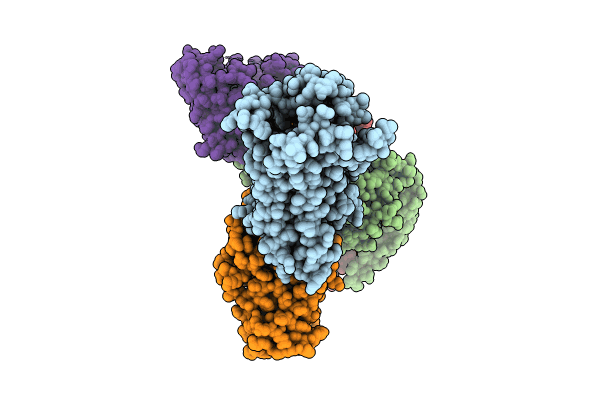
Deposition Date
2024-01-30
Release Date
2024-11-27
Last Version Date
2024-11-27
Entry Detail
PDB ID:
8Y45
Keywords:
Title:
Cryo-EM structure of opioid receptor with biased agonist
Biological Source:
Source Organism:
Homo sapiens (Taxon ID: 9606)
Mus musculus (Taxon ID: 10090)
Mus musculus (Taxon ID: 10090)
Host Organism:
Method Details:
Experimental Method:
Resolution:
3.45 Å
Aggregation State:
CELL
Reconstruction Method:
SINGLE PARTICLE


